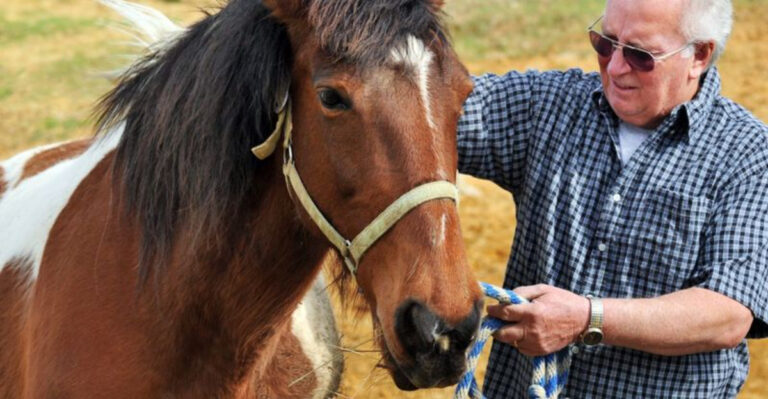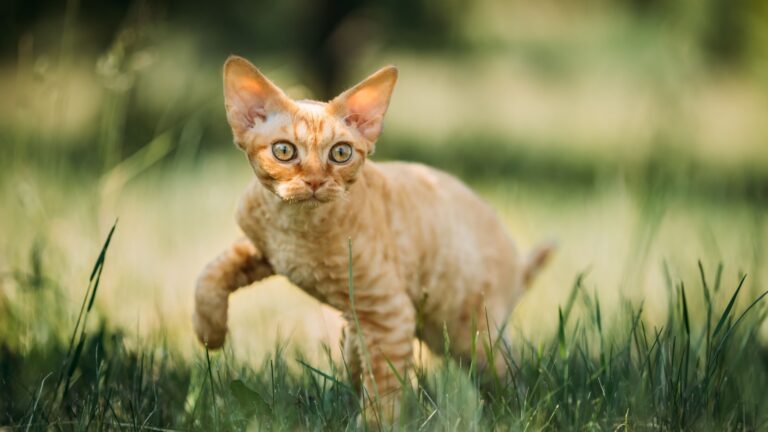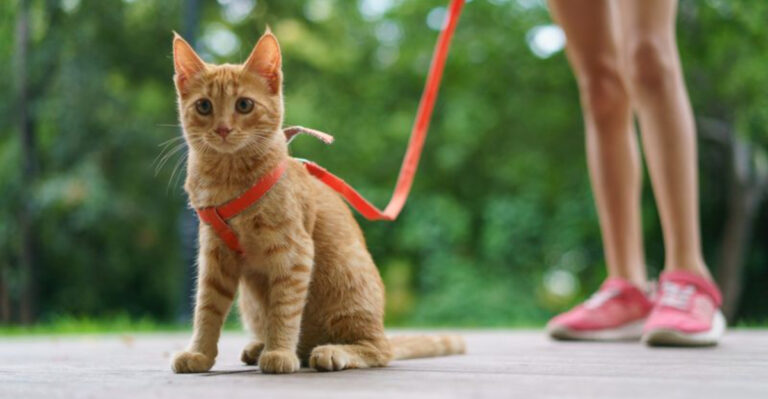10 Signs Your Pet Might Be Overweight And How To Help
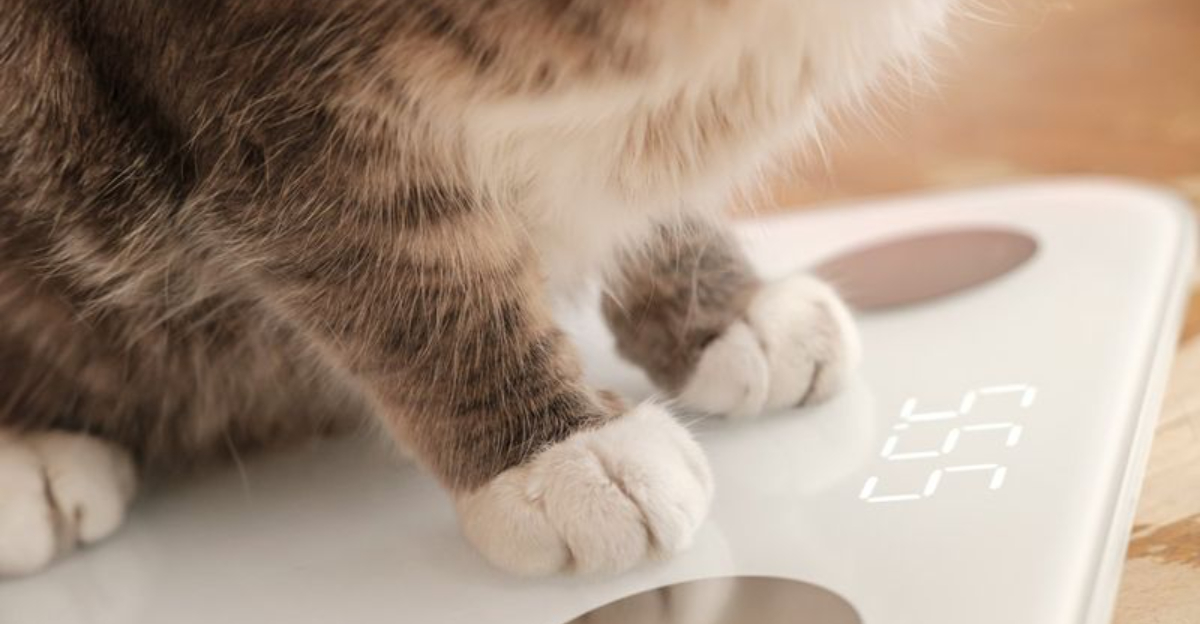
Worried about your fluffy friend’s expanding waistline?
Pets, much like humans, can struggle with weight. It’s not just an aesthetic issue; excess weight can lead to health complications.
Our animal companions rely on us to keep them in shape, so it’s important to recognize the signs that your pet might be carrying a little extra baggage.
Here are 10 signs to watch out for and some tips on how you can help your pet stay healthy and active.
1. Struggling With Stairs

Has your pet become hesitant when approaching stairs? Often, pets show subtle signs of weight gain through reluctance or difficulty in climbing.
This could be due to the extra strain on their joints. Observing your pet’s movement is crucial; if climbing stairs seems like a task, it might be time for a vet visit.
Encourage gentle exercise by leading them up and down stairs with treats. This not only helps in burning calories but also strengthens muscles gradually.
2. Visible Fat Rolls
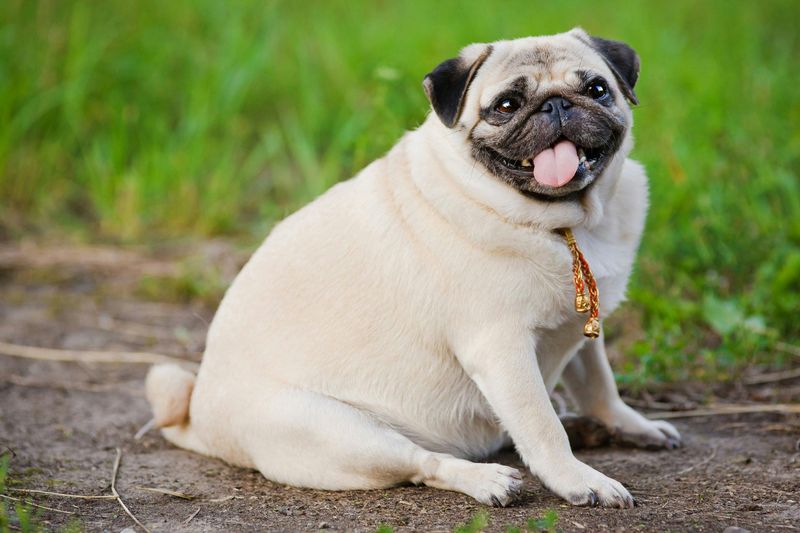
Notice any extra rolls on your pet’s body? Fat rolls can be a clear sign of weight issues.
While some breeds naturally have extra skin, noticeable fat deposits are different. Gently feel your pet’s body; if you can’t easily feel the ribs, it’s time for a weight check.
Switch to low-calorie treats and consult your vet for a suitable diet plan to reduce those love handles while keeping your pet satisfied.
3. Lethargic Behavior
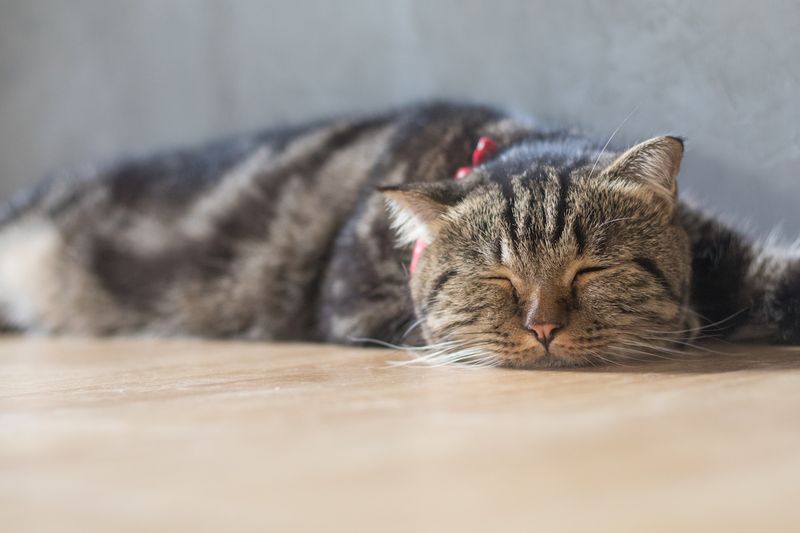
Does your pet seem less energetic and more inclined to lounge around? Lethargy often accompanies weight gain.
It’s not just about being lazy; carrying extra weight can make simple tasks exhausting. To counter this, introduce short play sessions.
Interactive toys that stimulate their minds and bodies can reignite their active side. Remember, small steps lead to big changes.
4. Difficulty Breathing
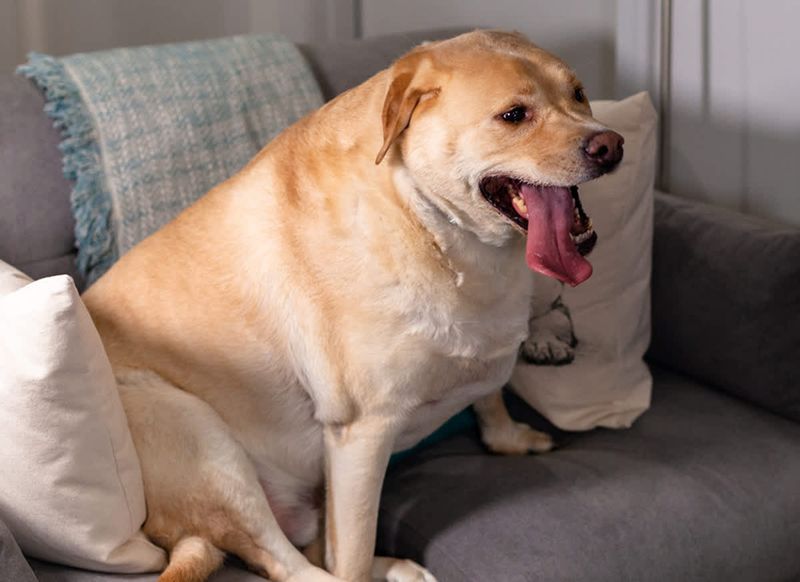
Heavy breathing or panting without exercise is a red flag. Excess weight can pressure the respiratory system.
Ensure your pet has a stress-free environment, as anxiety can worsen breathing issues. Gradually reduce calories in their diet and monitor any changes.
Consult your vet to rule out any underlying health problems and to get personalized advice.
5. Trouble Grooming
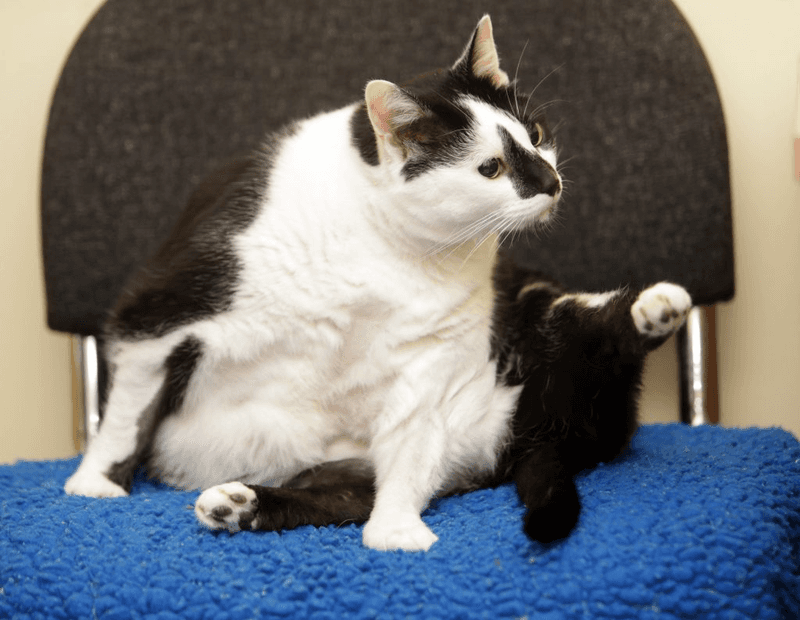
Pets pride themselves on cleanliness. If grooming becomes a chore, it might indicate weight problems.
Excess fat restricts their flexibility, making it tough to reach certain areas. Regular brushing can help maintain their hygiene.
Meanwhile, encourage weight loss with a balanced diet and regular vet check-ups to track progress.
6. High Body Temperature
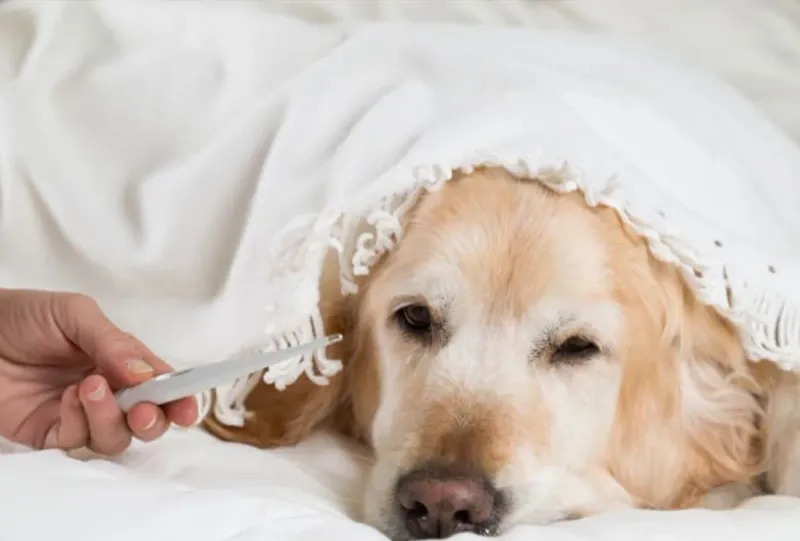
Overweight pets often struggle to regulate their body temperature. If your pet pants excessively, even in moderate climates, this might be the cause.
Ensure they stay hydrated and avoid peak sun hours during walks. A fan or air conditioning can also help keep them cool.
Gradually increasing their activity level will improve their heat tolerance over time.
7. Loss Of Interest In Play
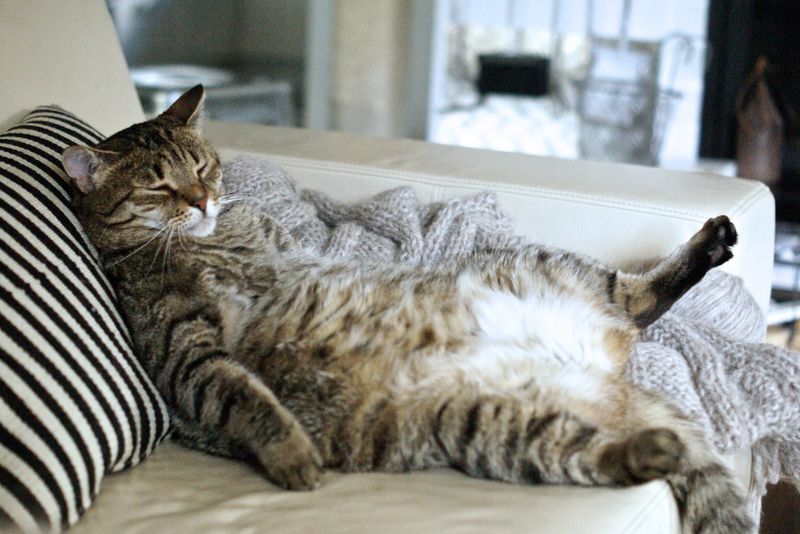
Does your pet ignore its favorite toys? A loss of interest might be a weight-related issue.
Weight gain can make pets feel sluggish and less playful. Reintroduce fun by exploring new toys or activities that can reignite their curiosity and movement.
Consistency is key; a daily play schedule can make a significant difference.
8. Digestive Issues
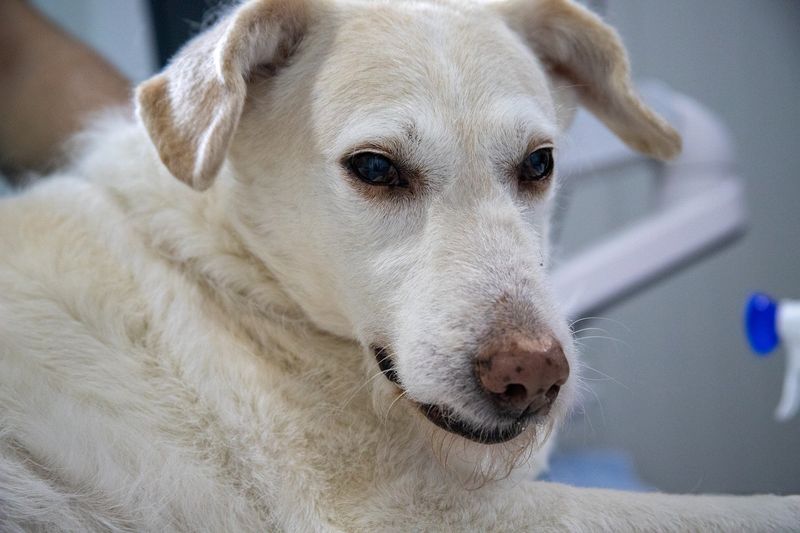
Frequent digestive problems, like bloating or constipation, might hint at an overweight issue. A high-fat diet can lead to an upset digestive system.
Ensure your pet gets a fiber-rich diet to aid digestion. Regular monitoring and dietary adjustments are essential. Consult with your vet to ensure a well-balanced meal plan.
9. Reluctance To Move
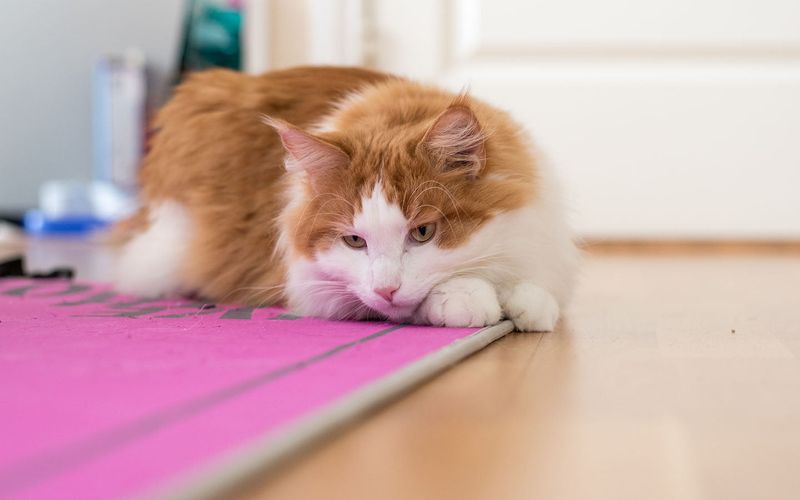
If your pet hesitates to move, it might be due to weight-induced discomfort.
Joints bear the brunt of extra weight, leading to pain or reluctance. Create a comfortable space for them, using soft bedding or cushions.
Incorporate gentle exercises to enhance mobility and ensure they receive a balanced diet to prevent further weight gain.
10. Excessive Sleeping
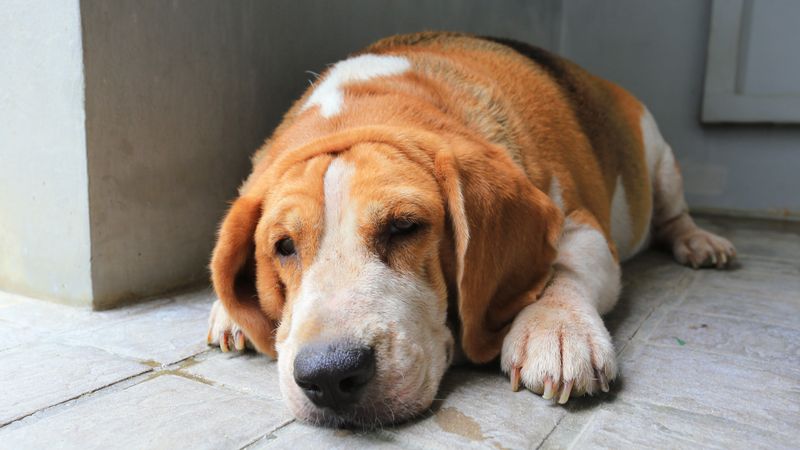
More sleep might seem like a blessing but could indicate weight problems. Overweight pets often tire easily, leading to longer naps.
Ensure they have a comfortable sleeping environment, but also encourage movement during waking hours. A balanced diet will provide the necessary energy for an active lifestyle.
Monitor sleep patterns and consult your vet if you notice drastic changes.

